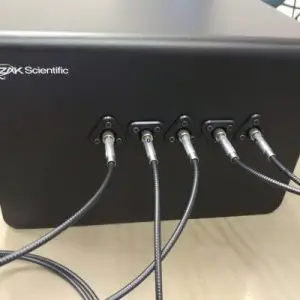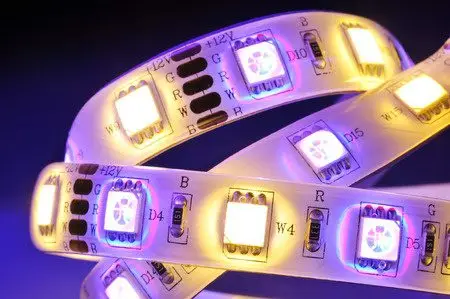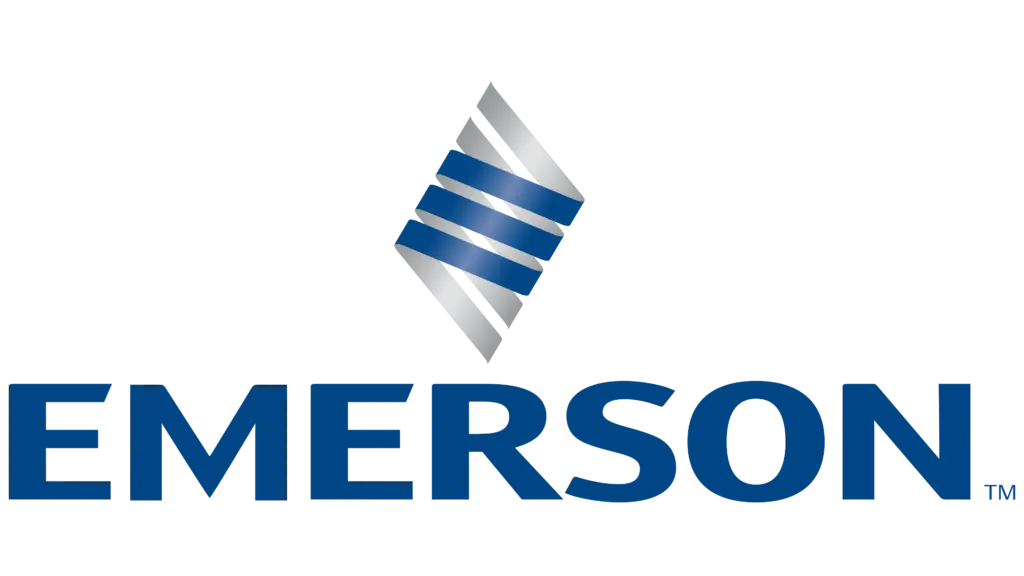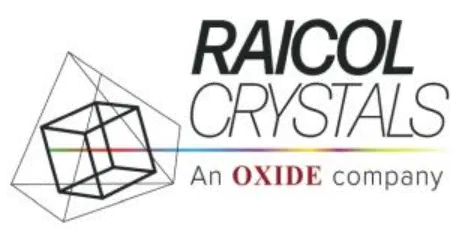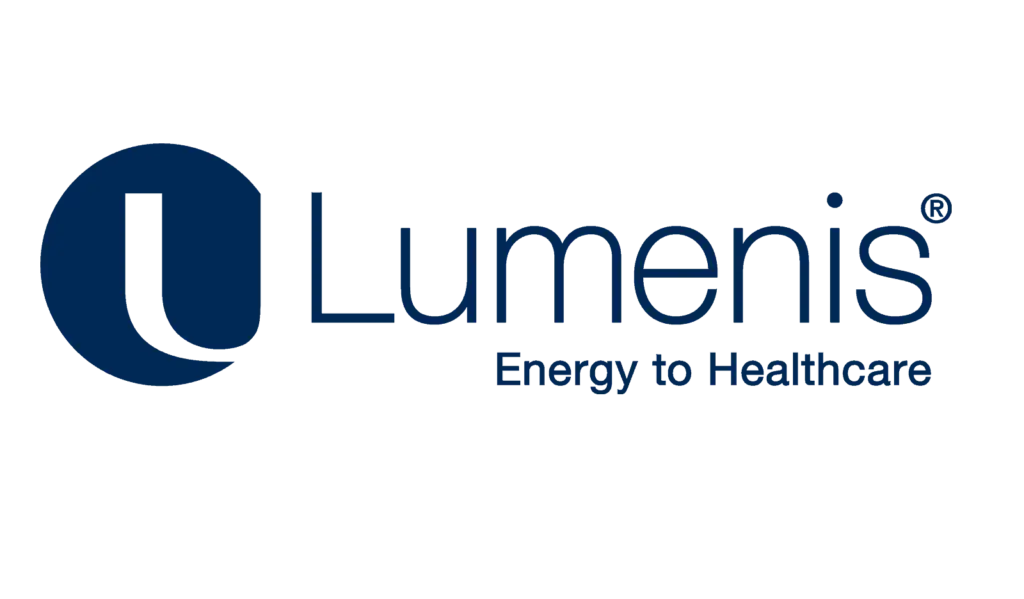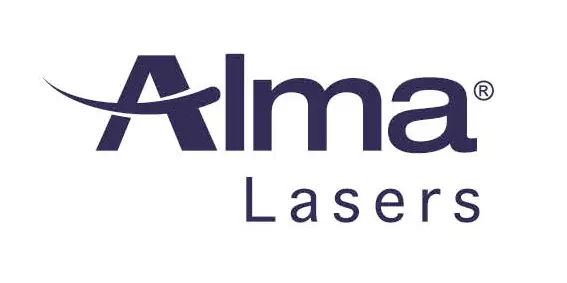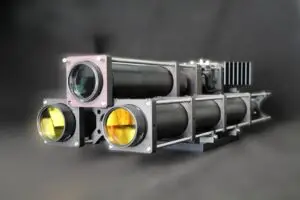Air disinfection with UV ligh Sanitizer: An inception
The first research on assessing ultraviolet light’s effectiveness in killing airborne microorganisms was studied by the researcher William F. Wells in the year 1935. He found that UV light (254nm radiation) was effective against aerosolized B. coli. Since then, many studies have been going to analyze the application of UV light for air disinfection.
UVGI (Ultraviolet germicidal irradiation)
Ultraviolet germicidal irradiation (UVGI) is a form of electromagnetic radiation ranging between the radiograph portion and the blue region of the visible spectrum.
After decades of research work and studies on UVGI for air disinfection, the technique was used as a powerful air-cleaning technology, finding its applications in hospitals, military housing, and classrooms. Any upper portion of a room could be disinfected by UVGI by retrofitting the UV disinfection unit in a duct that passes the air or air recirculation units.
However, the use of UVGI is limited as it cannot replace any HEPA filters when air is discharged from an enclosed environment to other rooms.
UVGI Guidelines by CDC
The use of UVGI and its guidelines to prevent the transmission of airborne infectious microorganisms like M. tuberculosis transmission in a healthcare setting has been well discussed in a report published by the Centers for Disease Control and Prevention. The same guidelines shall be followed to avoid the spread of COVID-19 via air.
Factors: The report says that a UVGI at 253.7 nanometers when exposed to an infectious droplet nucleus, the inactivation occurs. However, the effectiveness in inactivation depends on,
- Irradiation wavelength
- Duration of irradiation
- Lamp position
- Air velocity
- UVGI intensity
- Relative humidity
- Air mixing
Consultation: All the factors mentioned above affect the effectiveness of UVGI to kill or inactivate infectious organisms. And therefore, it requires a proper consultation from a UVGI system designer. Any healthcare setting that aims to use UVGI for air disinfection has to duly consult industry experts like hygienists, health physicists, and engineers even before purchasing a UVGI disinfection unit.
Maintenance: Once purchased, the UVGI disinfection system has to be properly installed and maintained, which requires a level of skills. Those who have adequate knowledge of UVGI and UVC light are nominated to maintain the air disinfection unit. The same personnel is given enough training to constantly monitor the UV irradiance levels and also ensure whether it exceeds the safety levels.
Awareness: Any healthcare setting that uses the UVGI air disinfection system has to be aware of,
- Basic principles and operation of the UVGI system
- UVGI overexposure consequences and adverse effects
- Photosensitivity associated medical conditions and medications
- Maintenance procedures and records
This enables any visitor or in-patient to be well informed about the use of UVGI system and its importance.
What should you do now?
If a hospital setting has to follow the CDC’s guidelines in using a UVGI air disinfection system, standard UV disinfection units like PXL sanitizer must be procured and retrofitted in their upper part of the rooms to achieve maximum efficacy in killing airborne infectious microorganisms including the COVID-19.
Contact us today for more information!
Tzachi Sabati


